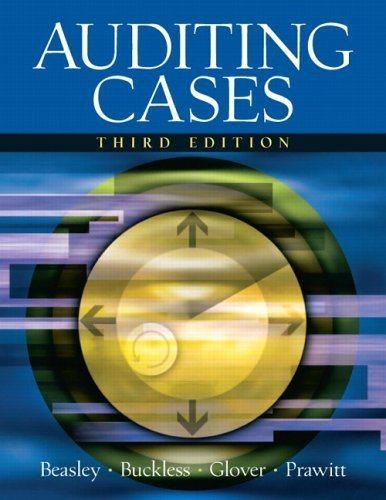


! Required information (The following information applies to the questions displayed below.) At the beginning of Year 2, the Redd Company had the following balances in its accounts: Cash Inventory Land Common stock Retained earnings $14,300 4,500 2,100 10,000 10,900 During Year 2, the company experienced the following events: 1. Purchased inventory that cost $11,300 on account from Ross Company under terms 2/10, n/30. The merchandise was delivered FOB shipping point. Freight costs of $810 were paid in cash. 2. Returned $500 of the inventory it had purchased from Ross Company because the inventory was damaged in transit. The seller agreed to pay the return freight cost. 3. Paid the amount due on its account payable to Ross Company within the cash discount period. 4. Sold inventory that had cost $7,000 for $13,000 on account, under terms 2/10, n/45. 5. Received merchandise returned from a customer. The merchandise originally cost $1,250 and was sold to the customer for $2,200 cash. The customer was paid $2,200 cash for the returned merchandise. 6. Delivered goods FOB destination in Event 4. Freight costs of $700 were paid in cash. 7. Collected the amount due on the account receivable within the discount period. 8. Sold the land for $3,700. 9. Recognized accrued interest income of $300. (To record this entry, debit the asset account Interest Receivable (this account will be on the balance sheet in the asset section and does NOT get closed at year end) and credit the revenue account Interest Revenue (this account is a temporary revenue account recorded on the income statement that gets closed at year end). This entry will be discussed in future chapters and will NOT be tested on Test 2). 10. Took a physical count indicating that $6,600 of inventory was on hand at the end of the accounting period. (Hint: Determine the current balance in the inventory account before calculating the amount of the inventory write down.) e. Use a single general journal to close all revenue, gain, and expense accounts to the retained earnings account. Post the journal entry to the ledger accounts created in Part c and prepare a post-closing trial balance. (If no entry is required for a transaction/event, select "No journal entry required" in the first account field.) View transaction list Journal entry worksheet Record entry to close all revenue, gain, and expense accounts to the retained earnings account. Note: Enter debits before credits. Date General Journal Debit Credit Dec 31 Record entry Clear entry View general journal REDD COMPANY Post Closing Trial Balance December 31, Year 2 Account Titles Debit Credit Total $ 0 $ 0









